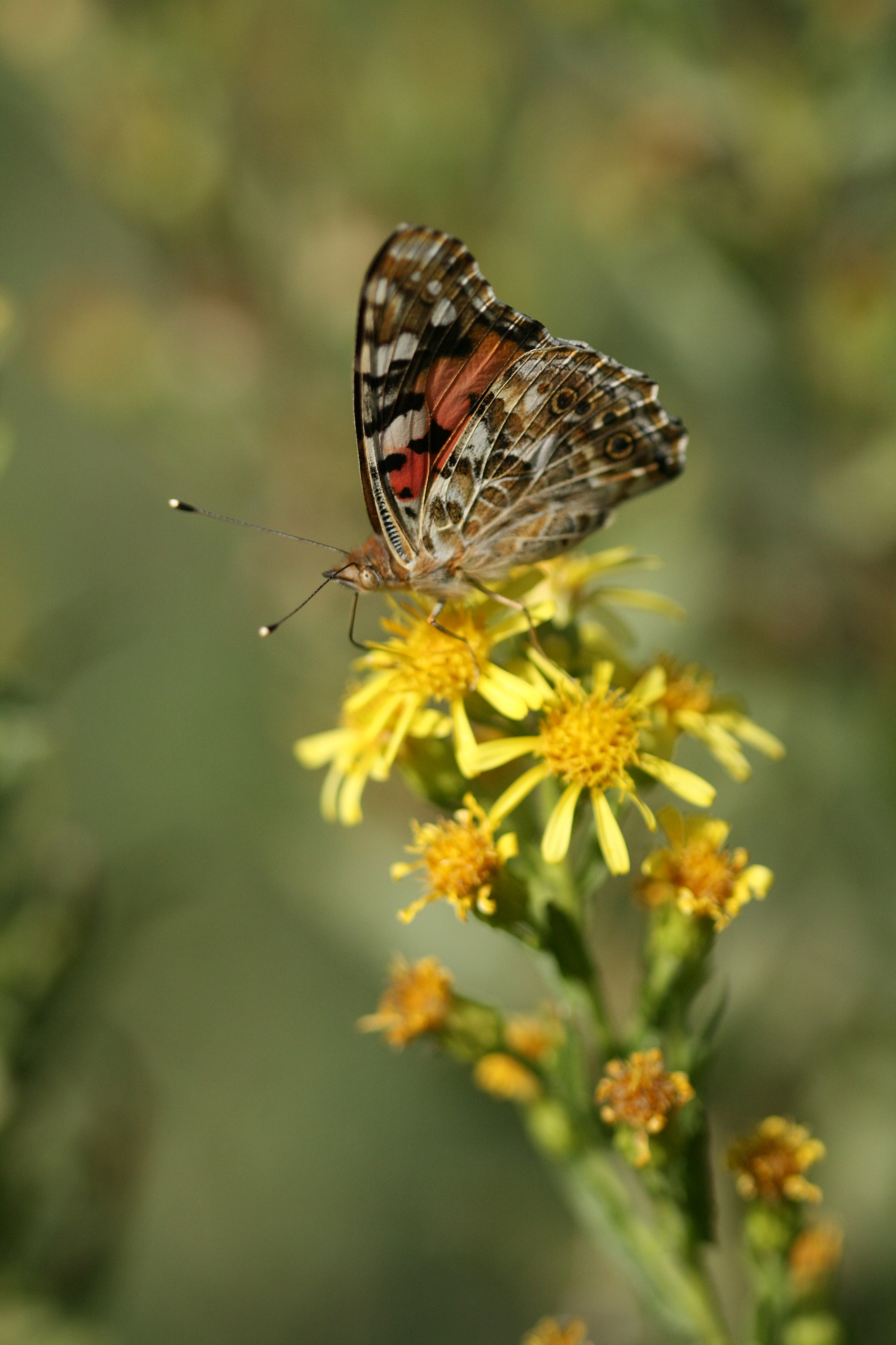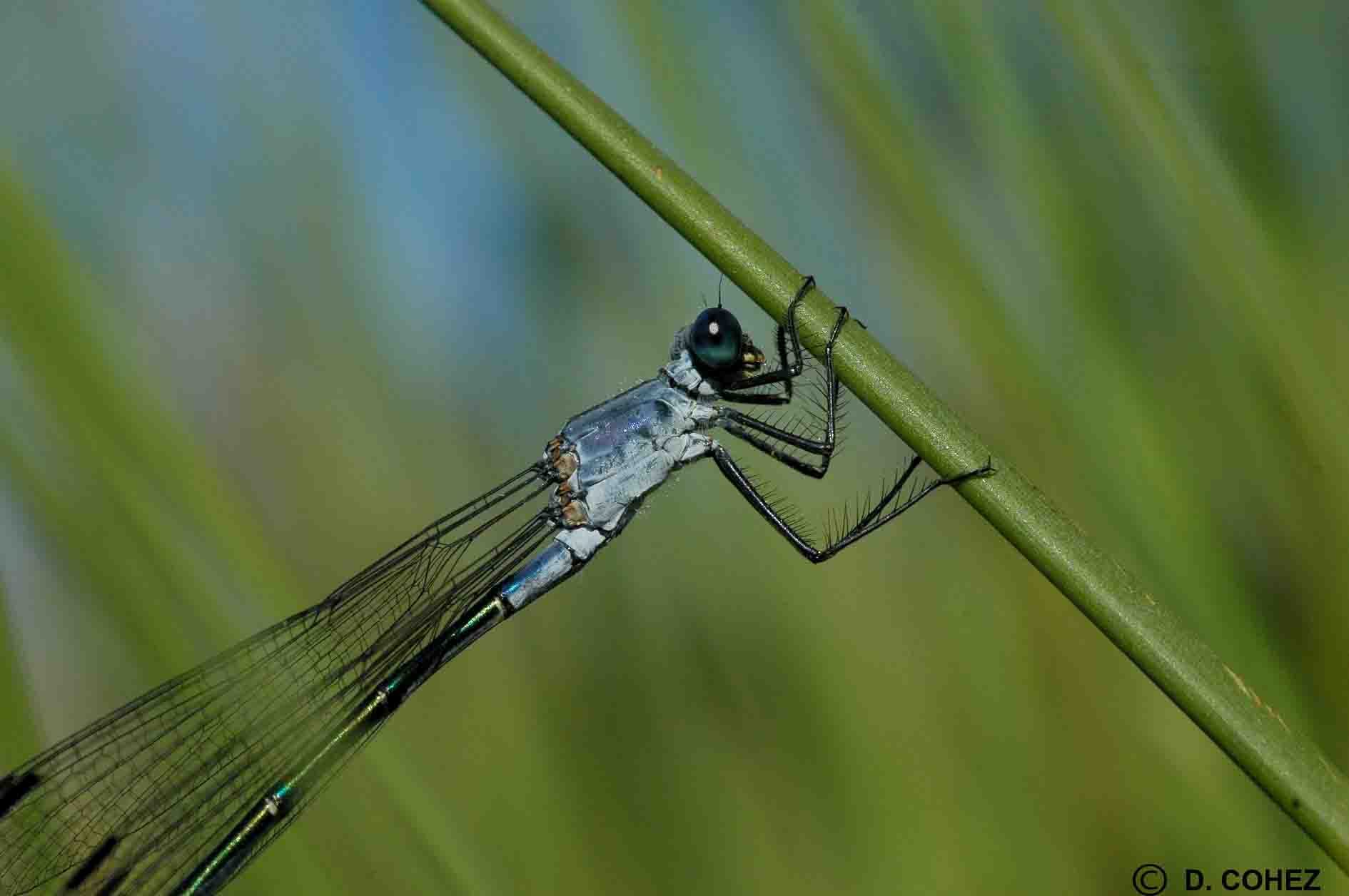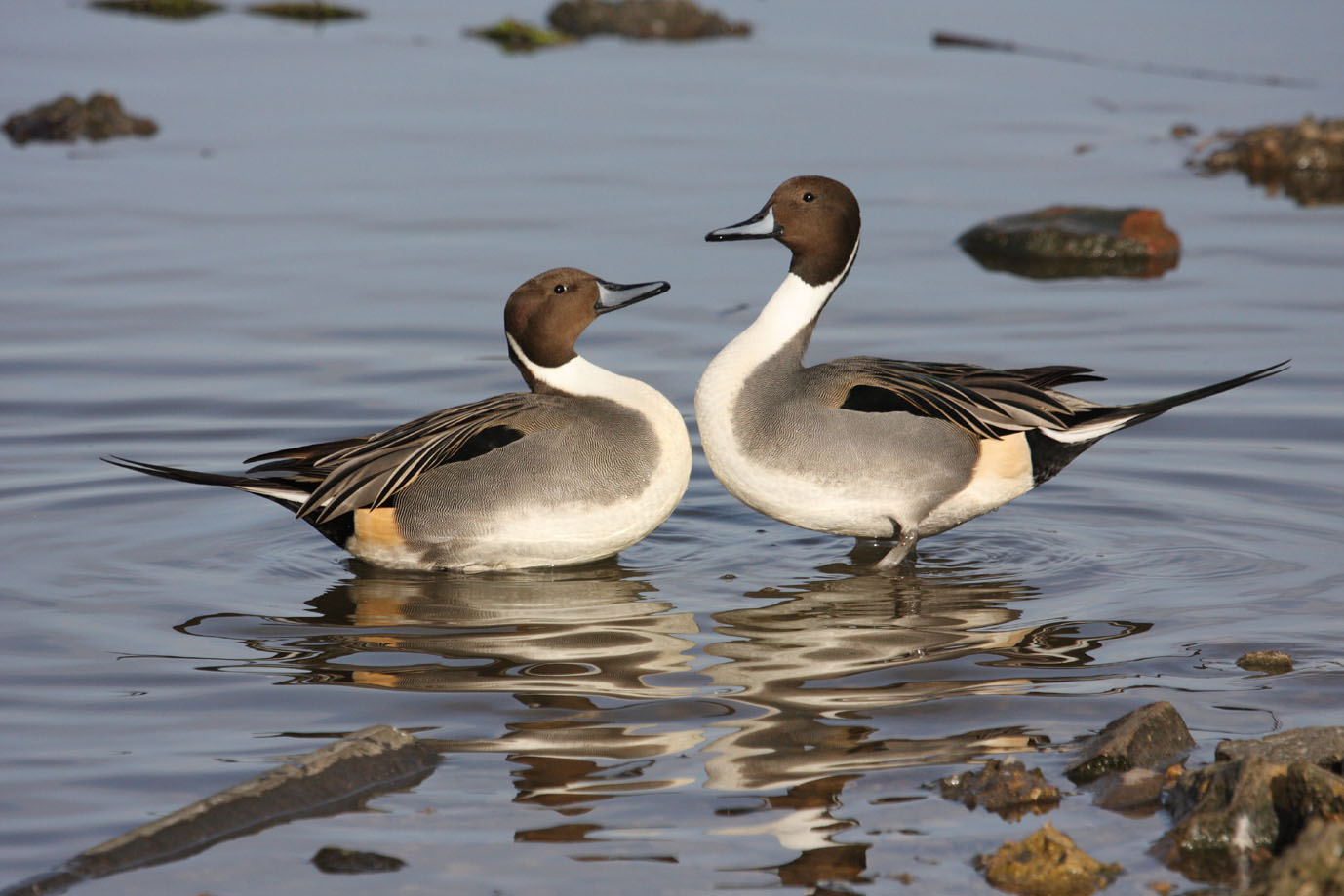Where should we act first in the Mediterranean?
The Mediterranean, host of extraordinary biodiversity, is one of the regions of the world most affected by various environmental pressures, impacting all ecosystems and especially wetlands. In the face of this observation, alliances are being established to assess the current state of affairs and strategically orient the actions to be taken.
A threatened biodiversity reservoir
 The Mediterranean basin is one of 34 biodiversity hotspots identified worldwide. The hotspot concept was developed by the NGO Conservation International in order to designate the regions of the world requiring priority action because their biodiversity is both rich and threatened. Like other hotspots, the biodiversity of the Mediterranean basin is characterised by a high level of endemism. For example, half of the flowering plant species and two thirds of the freshwater fish species observed in the Mediterranean are found only there and nowhere else.
The Mediterranean basin is one of 34 biodiversity hotspots identified worldwide. The hotspot concept was developed by the NGO Conservation International in order to designate the regions of the world requiring priority action because their biodiversity is both rich and threatened. Like other hotspots, the biodiversity of the Mediterranean basin is characterised by a high level of endemism. For example, half of the flowering plant species and two thirds of the freshwater fish species observed in the Mediterranean are found only there and nowhere else.
Diverse and highly specific, this biodiversity is nonetheless also extremely vulnerable, as shown by the red lists published by the IUCN’s Centre for Mediterranean Cooperation. At present, 42% of the basin’s ray and shark species, 17% of mammals and 13% of reptiles are threatened with extinction. The conservation status of species dependent on aquatic habitats is of particular concern, with 56% of endemic freshwater fish species, 36% of crabs and shrimp, 29% of amphibians and 19% of the dragonflies faced with possible extinction in the coming decades. Based on research by a network of expert naturalists, the lists also explain why many species are becoming rarer. The main threat is undoubtedly habitat loss and degradation caused by human activities. For example, the disappearance of wetlands affects 110 of the 165 species of butterflies found in the Mediterranean region. Other major threats include water pollution, overexploitation (hunting, fishing and crops), competition from invasive exotic species, and increasingly frequent droughts.
The priority sites to preserve

Once the status of threatened species has been determined, the next step is to identify, investigate and ultimately protect the sites essential to their survival. Since the 1980s, Birdlife International has been identifying Important Bird Areas (IBAs), based on surveys initiated in all Mediterranean countries. Other projects have subsequently been launched to extend the approach to other types of wildlife, such as plants and butterflies. Just recently, on the occasion of the investiture of the Critical Ecosystem Partnership Fund (CEPF) in the Mediterranean basin (see the interview with Güven Eken below), a complete network of Key Biodiversity Areas (KBAs) were identified in the region. Building on the work already carried out on IBAs, KBAs have the advantage of taking into consideration all species for which there are data available. For each species, a network of sites is designated that is judged to be essential for guaranteeing its survival. Because they are home to many rare and threatened species, some sectors of the Mediterranean Basin stand out for the numbers of KBAs they contain. We could mention for example the mountain ranges of North Africa, notably the Atlas, the coastal wetlands of Tunisia and Algeria, the Orontes Valley in the Near East, the Taurus massif in Turkey, and the Balkan coastal region. Decision-makers will thus be provided with a list of sites to receive priority protection, or to be managed in ways guaranteeing the maintenance of biodiversity.
Tour du Valat’s studies

Because of its expertise in aquatic ecosystems, the Tour du Valat, together with a large number of other partners, has been very involved in both drawing up the Mediterranean red lists and identifying KBAs. In the framework of the Observatory of Mediterranean Wetlands, the Tour du Valat has also developed complementary approaches taking into account ordinary biodiversity, rare and threatened species are not the only wildlife to suffer from the degradation of our ecosystems. For example, the Living Planet Index devised by the WWF and the Zoological Society of London has been extended to Mediterranean wetlands. The results show a sharp decline in the vertebrate populations of the Eastern Mediterranean Basin since 1970, while in the West the situation appears to be more favourable than it was 40 years ago, particularly with regard to rising waterbird populations. Continuing its work of analysing large-scale trends in species communities, the Tour du Valat is currently adapting two other indicators originally developed by the Paris Natural History Museum, the specialisation index and the temperature index, in order to apply them to Mediterranean wetland vertebrate communities. These indices will provide a better understanding of the impact of habitat degradation and global warming on bird populations in recent decades.
Did you know ?
- it must contain at least 1,500 species of vascular plants (> 0.5 percent of the world’s total) as endemics,
- and it has to have lost at least 70 percent of its original habitat.